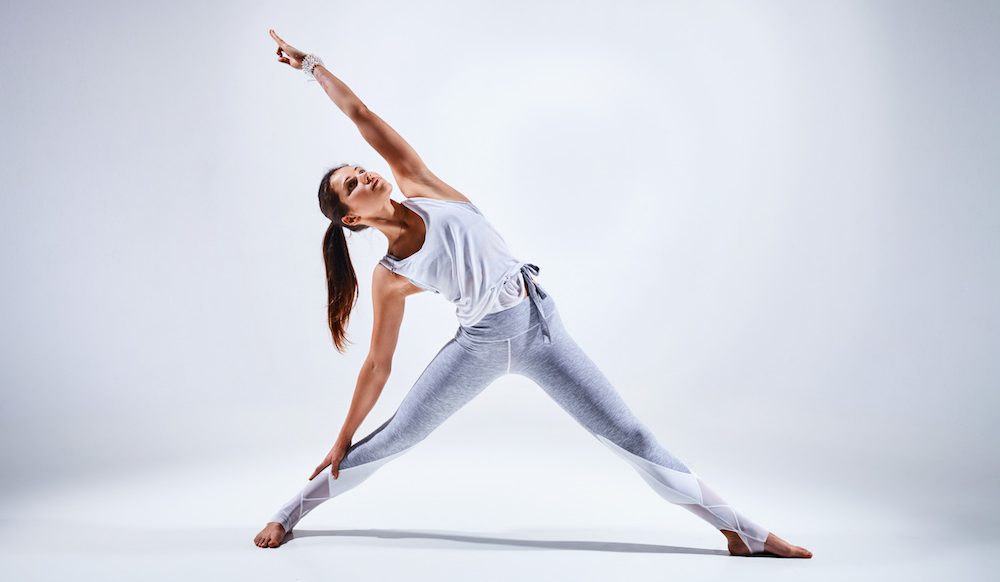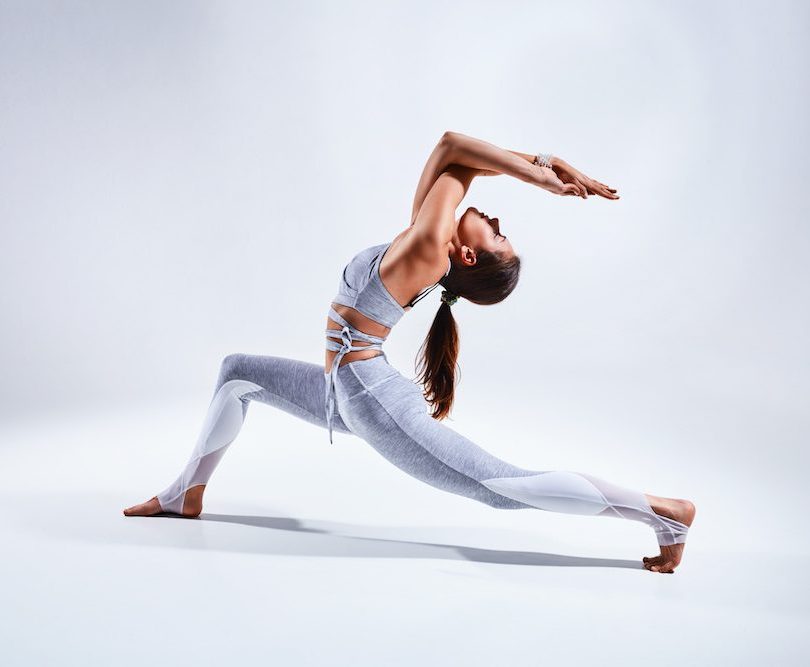The number of American yoga practitioners has increased to over 36 million in 2016, up from 20.4 million in 2012, according to a widely published study by the Yoga Journal and the Yoga Alliance.
It’s almost impossible to pass a stretch of business real estate on the Space Coast these days without noticing a yoga studio. However, classes are not limited to four walls with hard floors and blowing air conditioners. Yoga is everywhere!

At Front Street Park in Melbourne, you can practice yoga with a river view. From government centers with chair yoga for seniors, to classrooms that help children learn the discipline; whether following along from your home or taking a boot camp class at the park, yoga’s popularity continues to rise. And, if trends continue, it might become one of the all-time most practiced exercise routines for Americans.
Yoga can be practiced by almost anyone who wants to try. It can be deliberate and slow or heated and fast. It imparts feelings of peacefulness, helps center and ground, and through specific poses, allows our bodies to stretch and achieve greater flexibility. Yoga has been proven to increase confidence, help alleviate stress, and increase strength.
According to the government of India, where yoga originated around 2700 BC, “yoga is essentially a spiritual discipline based on an extremely subtle science, which focuses on bringing harmony between mind and body.”
There are different types of yoga, and each serves a different purpose, according to the Yoga Journal:
ASHTANGA YOGA
is athletic and demanding. Students learn a series of poses and practice at their own pace while a teacher moves around the room giving adjustments and personalized suggestions.
BIKRAM YOGA.
With Bikram, or Hot Yoga, rooms are heated to 105 degrees, and classes consist of 45 minutes of standing poses and 45 minutes of floor postures. You do the same series of two breathing exercises and 26 poses in each class. The overall objective is to allow the physical self to unify with the spiritual self.

IYENGAR YOGA
teaches a few select poses while exploring actions required to master proper alignment. Poses can be modified with props, making the practice accessible to all. For beginners, the primary objective is to understand the alignment and basic structure of the poses, and to gain greater physical awareness, strength, and flexibility.
KUNDALINI YOGA
typically begins with chanting and ends with singing, and features asana (poses), pranayama (breathing), and meditation in a sequence of combinations that will challenge and stretch your capabilities.
Sometimes called the Yoga of Awareness, the primary goal is to awaken kundalini energy, the psychoenergetic force that leads to spiritual elevation, and kick-start the process of transformation.
The word yoga comes from Sanskrit and means to join, yoke, unite. The goal of the practice of is the union of individual consciousness with that of the universal consciousness, creating a perfect harmony between the mind and body, humankind & nature.




